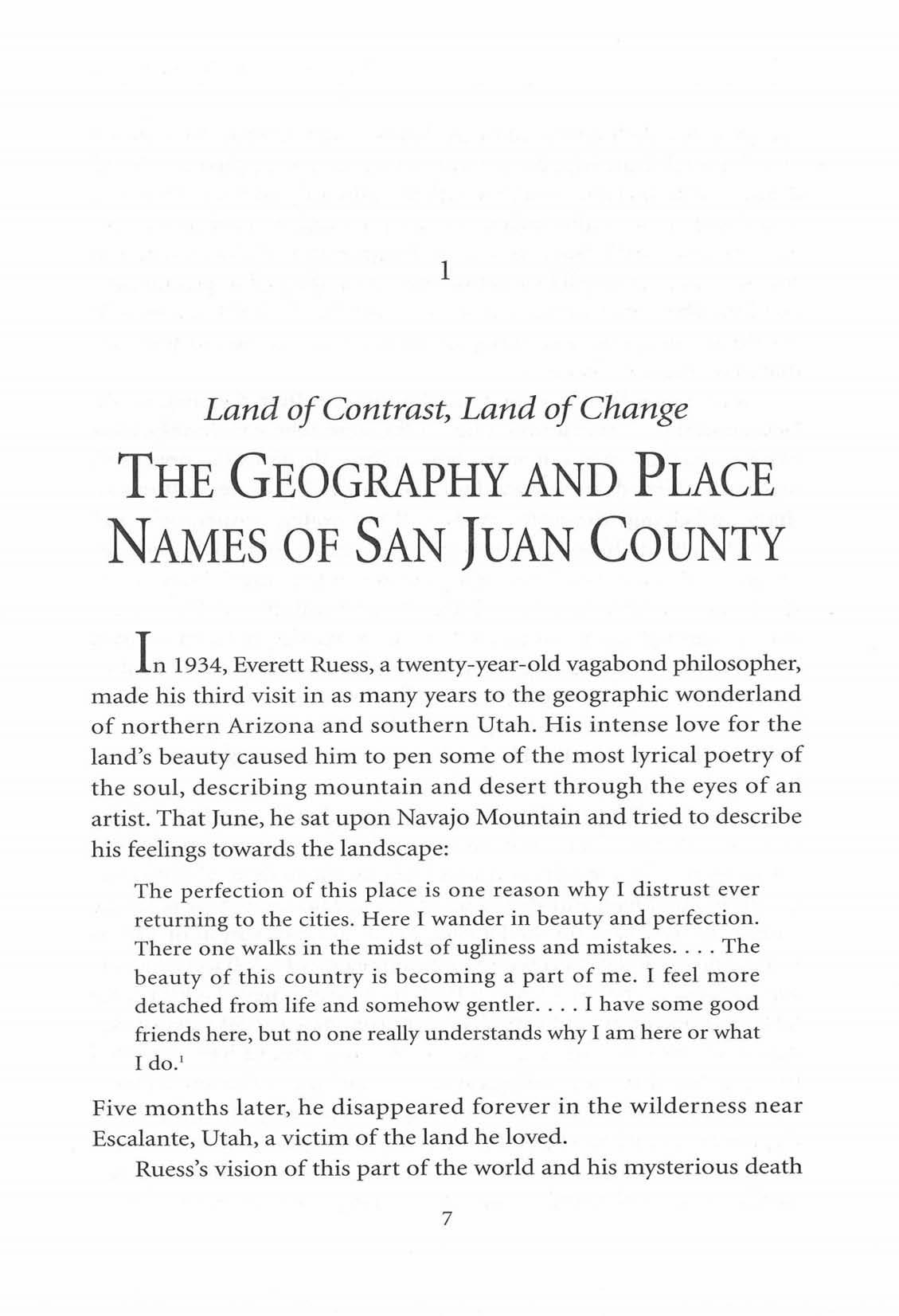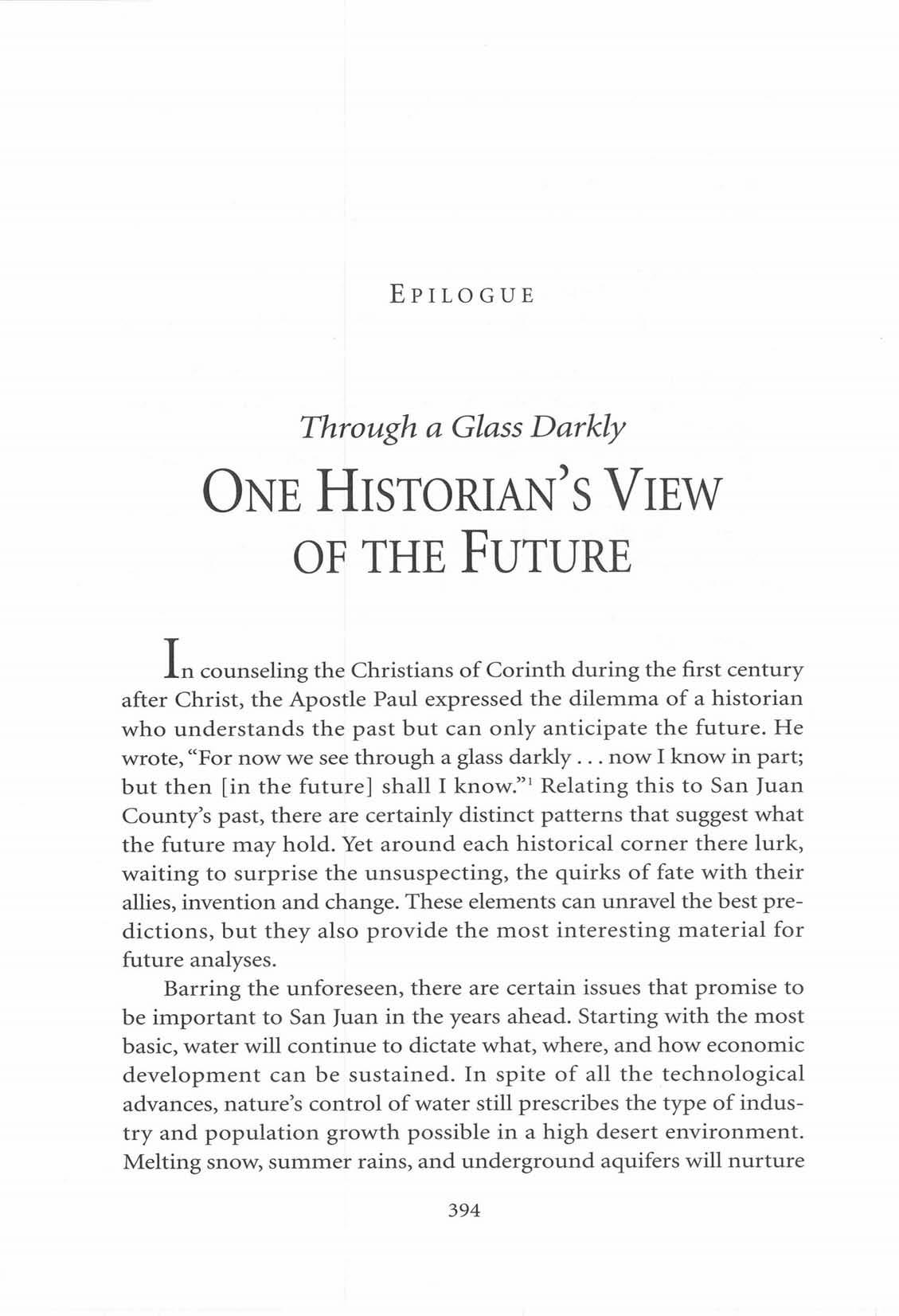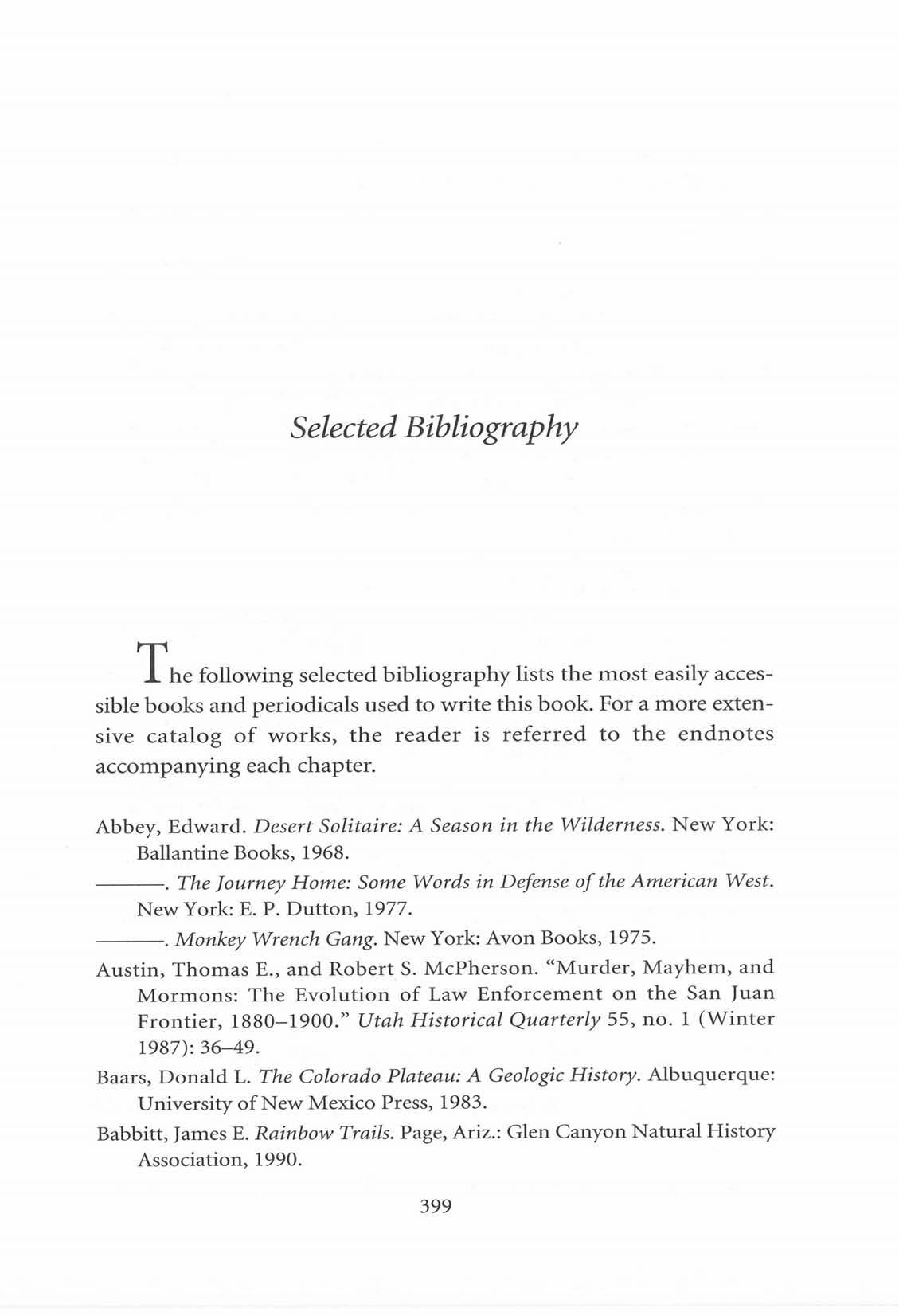Shrinking Lands in a Crucible of Change
A t the same time that the Navajos received their reservation along the New Mexico-Arizona border and well below the San Juan River, the Southern Ute Tribe also obtained theirs. On 19 August 1868 William F. M. Arny, the Ute agent, met with the Weenuche and Capote leaders at Pagosa Springs in southwestern Colorado. The Indians outlined what they considered desirable reservation boundaries, given the already deteriorating circumstances of their lands to the east. They wanted to be guaranteed the territory encompassed by the Grand (Colorado) and Green rivers to the north and west, the headwaters of the San Juan River on the east, and the Navajo country to the south.' What they received, however, was far different, with all of their territory lying in Colorado. Although this reservation initially included much of the upper San Juan River, the lower San Juan remained a fringe area that no one seemed too excited about in 1868. The Four Corners area was peripheral to the mining and settlement activities of the 1860s; it received some general use by some Navajos and Paiutes but was dominated by the Weenuche Utes.





















